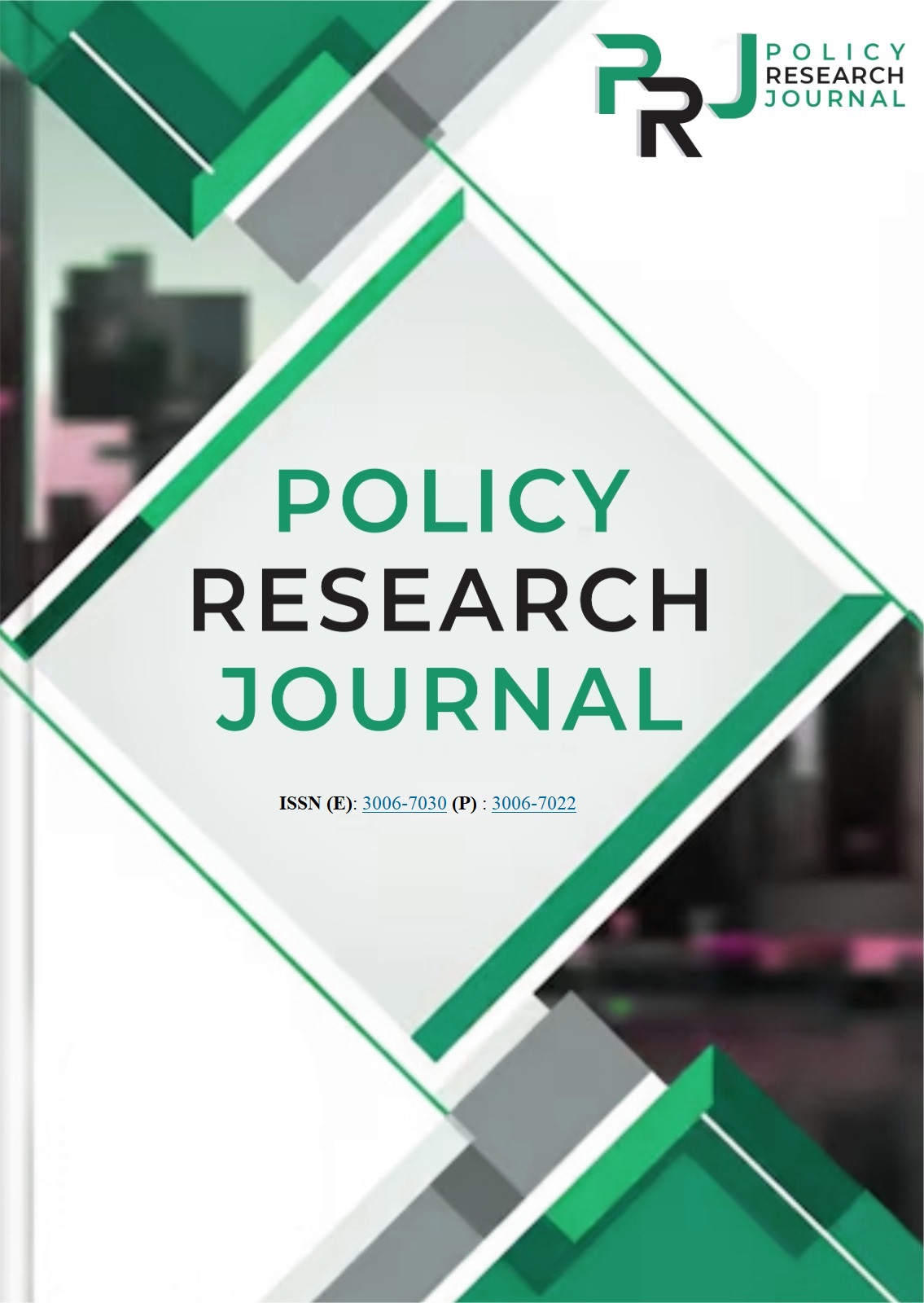US-CHINA POWER STRUGGLE IN INDO-PACIFIC: A THEORETICAL ANALYSIS OF MILITARY ALLIANCES AND STRATEGIC COUNTERMEASURES
Keywords:
Anarchy, Power Transition Theory, Neo-Realism, Militarization, Maritime Strength, Asymmetric strategies, QUAD, AUKUSAbstract
Purpose- This study explores the strategic competition between the United States and China in the Indo-Pacific region with a focus on military alliances, economic power and counter strategies as tools of influence. The Indo-pacific is framed not only as a geographic region but as a contested space of competing world orders—one aiming to preserve the status quo and the other seeking reshape it. Methodology- It employs a qualitative approach grounded in Neo-Realism and Power Transition Theory to examine the evolving dynamics of great-power rivalry between the US and China in the Indo-Pacific region. A theory-driven approach allows for the analysis of state actions whether as rational or irrational responses to systematic conditions—such as anarchy, power shifts and strategic uncertainty. Findings- The reviewed literature examines how the US and China navigate the shifting balance of power and security dynamics using Neo-Realism and Power Transition Theory as a guide. This paper doesn’t merely catalogs military actions but analyzes alliance formation, deterrence mechanisms and strategic signaling. Drawing from contemporary developments and scholarly insights, the paper highlights the hedging strategies employed by the states that creates uncertain security environmet.

















